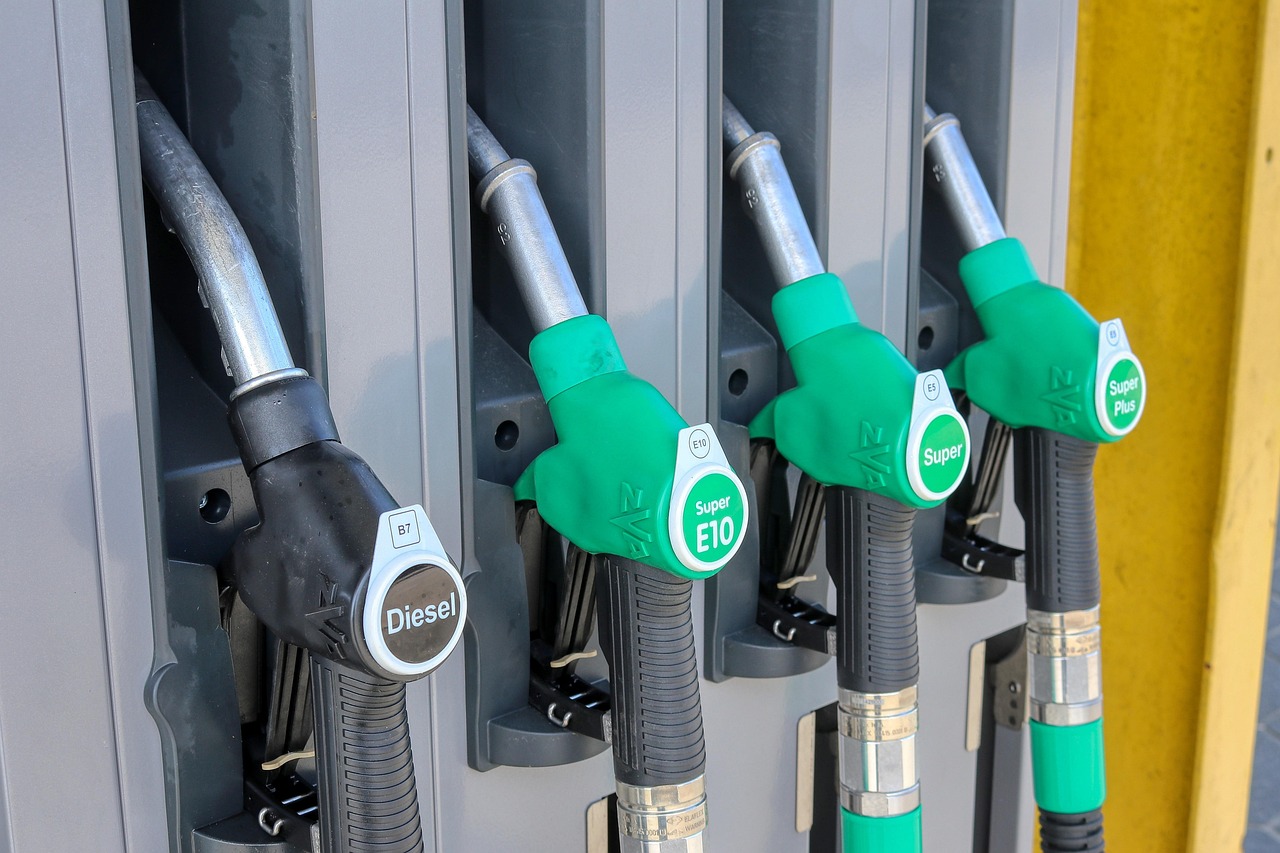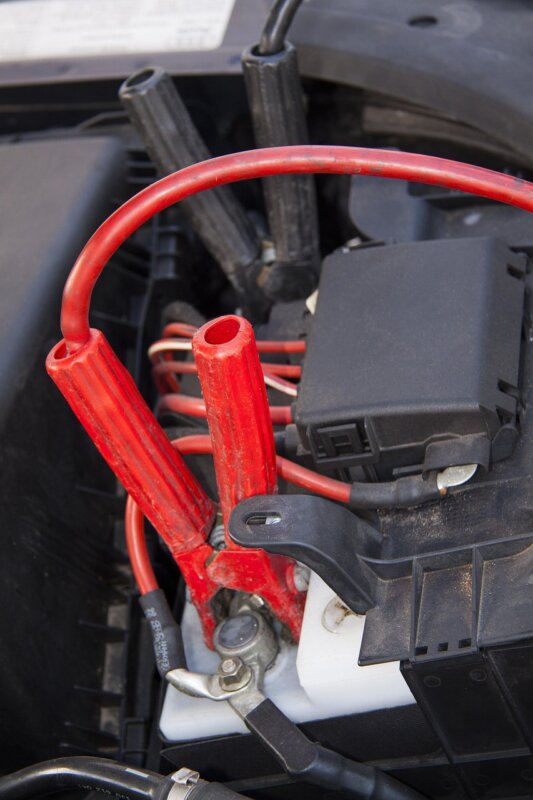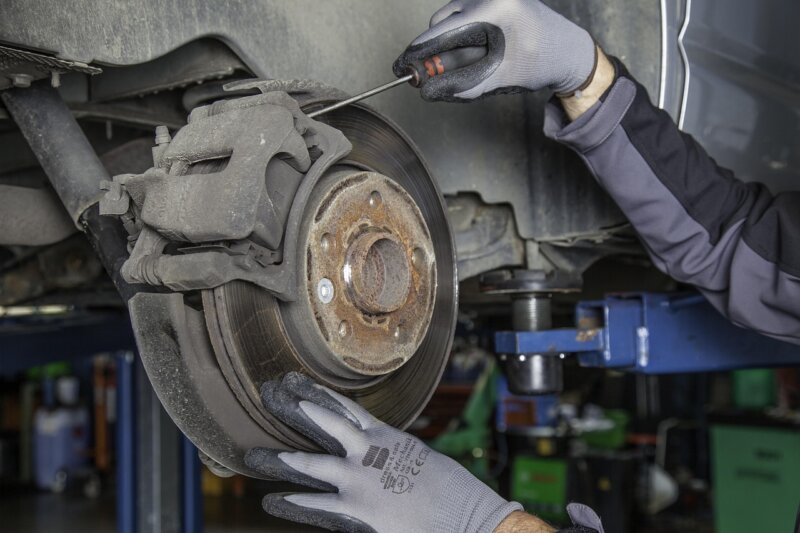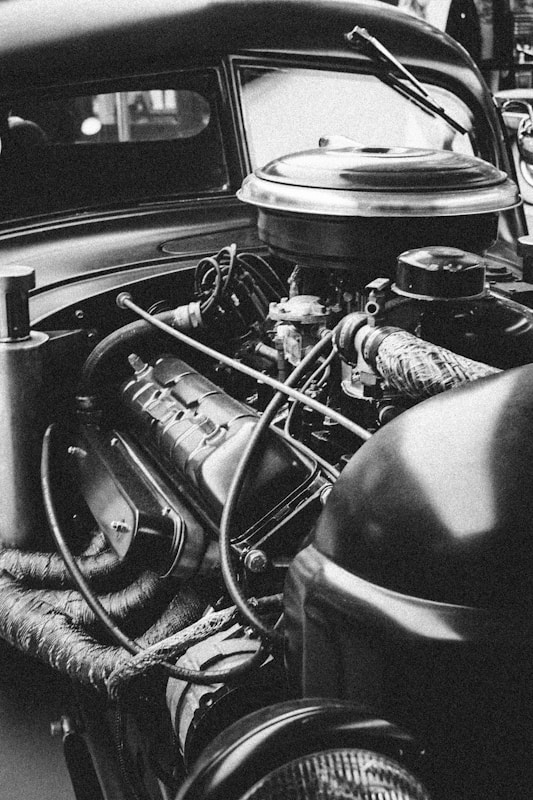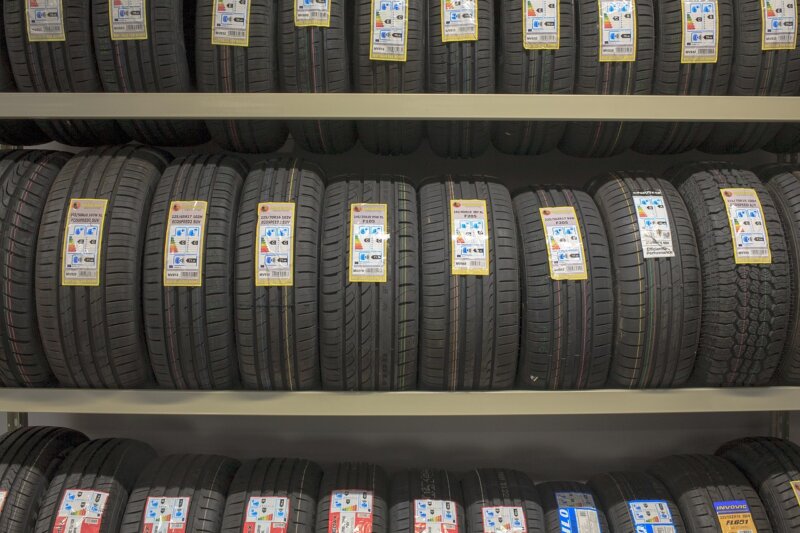Picking between E10, E15, or E85 can feel tricky at the pump. Almost all gasoline you buy is a gasoline blend with ethanol already mixed in. This guide explains ethanol fuels in plain terms. You will see how octane rating, fuel efficiency, engine compatibility, and environmental impact fit together. Ethanol is a biofuel made from plants, which supports renewable energy goals.
Common Ethanol Fuel Blends
Ethanol blends change how an engine runs and how far you go per gallon. Getting the basics right saves money and protects your engine. Here is what each common blend means for you.
E10 Gasoline
E10 is 10 percent ethanol and 90 percent gasoline. About 98 percent of U.S. gasoline is already E10. It became the standard in the U.K. in 2021. Florida required it back in 2010.
E10 can lower carbon monoxide and greenhouse gases by about 2 percent. It may raise evaporative emissions a bit. Most modern engines need no changes to run E10. That is why it is common and easy to use.
Prices matter. In April 2024, E10 cost about 56 cents less per gallon than ethanol free. Many Midwest drivers use it daily. Thailand shifted its premium grade to E10 in 2013 to support biofuel growth.
E15 Gasoline (Unleaded 88)
E15, also called Unleaded 88, is 15 percent ethanol and 85 percent gasoline. The EPA says it is safe for model year 2001 and newer cars and light trucks. That covers most gasoline vehicles on U.S. roads today.
Many Ford, GM, and Stellantis models since 2016 approve E15. Some brands limit warranty coverage, such as certain BMW, Nissan, Toyota, older Chrysler, and VW models. Stations that sell E15 must post an orange and black label on the pump. This rule started in June 2011.
Growth was slow at first. The first Unleaded 88 site opened in Kansas in 2012. A year later, only 24 of 180,000 U.S. stations offered it. Fuel economy might drop by less than 2 percent due to lower energy content compared to pure gasoline.
E85 Gasoline (Flex Fuel)
E85 carries 51 to 85 percent ethanol, depending on season and location. Only Flex Fuel Vehicles, called FFVs, can use E85 safely. These cars use sensors that adjust fuel injection to match the blend.
E85 often costs less per gallon. One national average price was $2.48 at a point in time. In August 2014, there were about 3,354 public E85 stations, mostly in Corn Belt states. Only about 2 percent of stations had E85 back then. Adding an E85 tank can cost around $60,000 per site. Converting stations nationwide could cost billions, based on DOE estimates.
Standard gasoline engines are not built for E85. The high ethanol content changes combustion needs and material requirements.
Other Blends: E20, E25, E30, and E100
E20 and E25 are common in Brazil. The country has used these blends since the 1970s to support renewable energy. Minnesota once targeted E20 by 2013, later shifting to 2015.
E30 is approved for flex fuel vehicles. A University of Nebraska-Lincoln study found no damage in some regular cars, but that does not mean every car is safe. Check the manual first.
E100 is hydrous ethanol with up to 4.9 percent water. Brazil also uses this fuel in many FFVs. Even the Ford Model T could run on ethanol from 1908 to 1927. By mid 2008, about 86 percent of new cars sold in Brazil were flex fuel. Cold starts below 15 degrees Celsius are harder on E100. Some cars add a small gasoline tank or use Bosch Flex Start, which helps engines start at 5 degrees Celsius.
Fuel Properties of Ethanol Blends
Properties like octane rating and energy content shape performance. They also affect air quality and climate goals tied to renewable energy. Here is how each factor matters in daily driving.
Octane Levels
Octane rating shows how well a fuel resists knock. Knock is early, uneven combustion that can harm the engine. U.S. gasoline must have at least 87 octane. Many regular fuels test at 91 to 93 on the research octane number scale.
Ethanol raises octane. E10 can add about two to three points. E85 sits near 108 on the research scale. Pure ethanol is around 109. IndyCar teams use E98 for high performance, since strong knock resistance protects engines under heavy load.
Blends with up to 20 percent ethanol are popular with tuners. They often want more power with safe knock margins.
Energy Content and Efficiency
Ethanol carries less energy per liter than gasoline. Gasoline holds about 32.2 megajoules per liter. Ethanol holds about 21.4 megajoules per liter. E85 can deliver roughly 27 percent less energy per gallon than standard gasoline. That means fewer miles per gallon in most cases.
E10 and E15 also reduce energy content compared to straight gasoline. Expect a small hit to fuel efficiency. Some drivers choose blender pumps to mix fuels for the octane they want. Keep in mind, the blend you pick will change miles per gallon.
Environmental Impact
E10 can cut carbon monoxide and greenhouse gas emissions by about 2 percent. E15 may reduce transport greenhouse gases by up to 43 percent under some models. Cellulosic ethanol, made from non food plant material, can reduce life cycle emissions by more than 60 percent compared to gasoline.
Cleaner air is the goal. Studies from USDA in 2018 and Argonne’s GREET model support these trends. Ethanol production also supports renewable energy systems and farm economies when managed well.
Engine Compatibility with Ethanol Fuels
Compatibility depends on each engine and fuel system. Check the owner’s manual before changing blends. A quick call to a trusted mechanic helps if you are unsure.
Engines Compatible with E10
Most modern gasoline vehicles run E10 without issues. Around 95 percent of cars and light trucks on U.S. roads can use it. The Philippine Department of Energy also supports a 10 percent blend for fuel systems.
E10 can slightly raise octane. That can help engines resist knock. Vintage or very old cars may need upgraded hoses or seals. Routine checks of filters and lines keep things smooth.
Engines Compatible with E15
Vehicles from model year 2001 and newer can use E15, per EPA. The approval came in two waves, first for 2007 and newer in 2010, then for 2001 through 2006 in 2011. Most light duty vehicles with Tier 1 emissions tech or better are fine.
China’s light duty fleet meets E15 standards due to strong rules and wide E10 use. Many newer Japanese models support at least E15, with a few exceptions. Vehicles in India after 2005 often match E10 specs, and the market is moving higher over time.
NREL testing in 2008 did not find major issues up to E20 in select cars. Still, expect a small fuel economy dip with higher ethanol blends. Check the manual before using E15 in a model that is not clearly listed.
Flex-Fuel Vehicles (FFVs) for E85
FFVs can run on E85 or regular gasoline. Look for badges that say Flex Fuel, FFV, or E85. A yellow fuel cap is also common. These vehicles use sensors and software to adjust timing and fueling.
More FFV choices are coming for the 2025 model year from several brands. Brazil had about 17.1 million flex fuel cars by September 2012. In Sweden, Scania operated more than 700 ED95 buses by 2010. That shows how fleets can shift to alternative fuels with the right setup.
Limitations of High Ethanol Blends
High blends like E85 require ethanol resistant parts. Standard engines may suffer corrosion or seal damage. Water can mix with ethanol and separate later, which causes stalling or no starts.
Ethanol has lower energy content than gasoline. Expect fewer miles per gallon with high blends. Maintenance needs rise for filters and lines. Aviation prohibits ethanol blends in most light aircraft due to safety concerns.
Performance of Ethanol Fuels
Ethanol blends affect both power and efficiency. Results vary by engine design and tuning. Good maintenance protects reliability in daily use.
Impact on Fuel Economy
Fuel economy tends to drop as ethanol content rises. E85 can reduce miles per gallon by about 27 percent in many FFVs. A 2011 Finland study showed 95E10 only used 0.7 percent more fuel than 98E5.
Most drivers see small changes with E10 or E15. Tests suggest E15 might cut economy by less than 2 percent. Some high octane blends like E10P or E27 can improve combustion. That can offset small losses in certain engines.
In hybrids on E20, emissions may fall by around 10 percent, with a small extra annual fuel cost in future projections.
Effects on Engine Power and Durability
Ethanol’s higher octane helps engines handle more pressure without knock. That can support more power when tuning allows it. Race series like IndyCar use E98 for strong output.
Low level blends like E10 work fine in most stock engines. FFVs can use higher blends safely. These engines might lose some fuel economy but stay reliable with regular service. High blends in non FFV engines can raise heat and wear over time. Proper calibration and upkeep reduce those risks.
Cold Weather Performance Challenges
Cold starts get tougher as ethanol content climbs. Below 15 degrees Celsius, E100 or hydrous ethanol can stall more often. Some cars add a small gasoline tank or use Flex Start to help at 5 degrees Celsius.
Seasonal blends help. The U.S. uses E70 in winter. Sweden uses E75. Low temperatures raise the chance of phase separation when water is present. That creates starting and drivability issues.
Ethanol also absorbs heat when it evaporates, called latent heat of vaporization. Engines may run rough right after cold start until they warm up. In a few cases, water injection can help power and reduce CO2, though that setup is uncommon for daily drivers.
Advantages of Using Ethanol Fuels
Ethanol fuels support cleaner air and domestic supply. They raise octane rating and offer a practical path to renewable energy. Here are key advantages for daily driving.
Reduced Greenhouse Gas Emissions
E10 can trim carbon monoxide and greenhouse gases by about 2 percent. E15 can reduce transport emissions by up to 43 percent in some models. Higher blends often cut pollutants like carbon monoxide and some toxic compounds.
Cellulosic ethanol shines on life cycle emissions, with cuts above 60 percent versus gasoline. Sweden’s goals show how policy can set direction for gasoline, diesel, and jet fuel reductions. Large bus fleets, like Stockholm’s ED95 program, demonstrate what scaled biofuel use can achieve.
Renewable and Sustainable Energy Source
Ethanol comes from biomass like corn or sugarcane. In the U.S., most ethanol production uses corn starch. That supports farm jobs and local markets. Brazil relies heavily on sugarcane and long standing E20 to E25 use.
Cellulosic ethanol uses crop waste and non food plants. This improves sustainability over time. Ethanol still has less energy per gallon than gasoline, but it brings a positive energy balance. The Energy Independence and Security Act of 2007 helped grow renewable fuels. State groups, like the Nebraska Corn Board, also back this shift.
Higher Octane Ratings for Improved Performance
Ethanol has a research octane number around 109. That is far higher than typical gasoline. E10 can add two to three octane points. E85 sits near 108, which helps engines resist knock under load.
Higher octane allows more timing advance and more torque, when the engine is tuned for it. FFVs are built to adjust and benefit from these properties. Race teams pick high ethanol blends like E98 because the knock resistance supports power and durability.
Disadvantages of Ethanol Fuels
Ethanol blends come with trade offs. Fuel economy can drop, and some engines are sensitive to high alcohol content. Knowing the limits protects your budget and your engine.
Lower Energy Density Compared to Gasoline
Ethanol provides less energy per liter than gasoline. Ethanol holds about 21.4 MJ per liter. Gasoline holds about 32.2 MJ per liter. E85 can deliver around 27 percent less energy per gallon than gasoline. You may need more fuel to travel the same distance.
E10 and E15 show small mileage losses. FFVs adjust fueling automatically, yet high blends still reduce range. Many drivers accept this trade off to support renewable energy and lower emissions.
Potential Engine Compatibility Issues
Higher blends need ethanol resistant parts, or corrosion can develop. Most cars handle E10, but some older vehicles can suffer seal and hose damage. Water attraction raises the chances of phase separation and fuel contamination.
These issues call for regular checks of filters and lines. Aviation bans ethanol blends in most light aircraft due to strict safety needs. FFVs are built for E85. Standard cars are not ready for it without upgrades.
Increased Maintenance Requirements
Ethanol can harden or crack older rubber parts over time. That can lead to leaks or poor performance. High blends also pull in water and fine debris. Filters can clog faster.
More frequent inspections help. Look at seals, clamps, fuel lines, and tanks for rust or wear. Long term fuel trim, which is the computer’s adjustment over time, may change with higher blends. Older engines can run lean and run hot if not serviced. A steady maintenance plan keeps ethanol use trouble free.
Engine Modifications for Ethanol Use
Some engines need upgrades before using high blends. Doing the work up front protects power, range, and reliability.
Upgrades for E85 Compatibility
E85 has up to 85 percent ethanol, so parts must resist alcohol related wear. FFVs use special hoses, gaskets, and seals to prevent corrosion. Larger fuel injectors help, since E85 has lower energy content. The engine needs more volume for the same power.
Tuning is vital. Software updates adjust timing, fueling, and cold start behavior. In cold climates, stations switch to winter blends like E70 to improve starts. Regular inspection keeps performance strong.
Tuning and Calibration Adjustments
After hardware changes, the engine computer needs proper calibration. Ethanol burns differently than gasoline. The computer must alter how much fuel enters the engine and when the spark fires.
FFVs include sensors to detect ethanol content. They switch between fuels without driver input. Non FFV cars using higher blends may need software updates and sometimes new hardware. E15 is usually fine for engines rated for E10. Large changes are not required there.
Ethanol Fuel in Different Applications
Ethanol blends reach far beyond cars. Boats and motorcycles use them in different ways. Aviation remains cautious for safety reasons.
Ethanol in Marine Engines
Many marinas sell E10 for boats. Modern marine engines handle this blend. That supports lower emissions on the water. Older motors and some fuel systems face extra wear with higher ethanol content.
Boats sit for long periods. Water can enter tanks through vents. Ethanol can absorb that water and cause trouble. Rubber and plastic parts may wear faster. Regular inspections and correct blends keep engines reliable.
Ethanol for Motorcycles
E10 is generally compatible with modern motorcycles. No major changes are needed. E15 can cause warranty issues. It may not be legal for motorcycle use in some places.
Higher octane from ethanol can help reduce knock and improve throttle feel. Still, ethanol blends have less energy. Expect a small hit to fuel efficiency. E85 or E100 can damage bikes not designed for them. Check the owner’s manual to avoid costly repairs.
Emerging Use in Aviation
Aviation systems are sensitive to fuel chemistry. Ethanol blends are usually not approved for light aircraft. At low temperatures, ethanol can separate from gasoline and form deposits. That raises safety risks.
Ethanol combustion produces acetaldehyde, which can irritate parts and harm components. The FAA blocks E10 and higher blends for most small planes. Pure ethanol delivers great power in racing, as seen in the Indianapolis 500. That does not make it safe for small aircraft. Different engines need different fuels.
Ethanol Fuel Storage and Distribution
Storage and delivery affect quality and safety. Keeping water out of the system is crucial. Fuel terminal and station equipment must be rated for alcohol blends.
Storage Considerations for Blends with High Ethanol Content
High ethanol blends like E85 need special tanks and lines. A single E85 tank can cost around $60,000. Nationwide upgrades could reach into the billions. Labels for blends above 10 percent must meet tax and safety rules.
Ethanol can corrode common materials. Only approved metals and polymers should be used. The blend wall, which is the difficulty of moving beyond 10 percent ethanol in standard systems, complicates storage and supply. Strong compliance at every step protects people, equipment, and product quality.
Distribution Systems for E10, E15, and E85
E10 moves well through current pipelines and trucks. E15 often uses blender pumps at the station. That means upgraded dispensers. E85 remains less common. In 2015, only 3,218 U.S. stations sold it, and only about 2 percent of stations had it in 2014.
Expanding E15 requires updates to the distribution network and clear renewable fuel rules. Each blend needs the right storage, seals, and dispensers to stay safe and consistent.
Bottom Line
Ethanol fuels give you real choices at the pump. E10, E15, and E85 each balance octane rating, fuel efficiency, and environmental impact in different ways. Most cars handle E10. Many newer models can use E15. FFVs are built for E85.
Ethanol supports renewable energy goals as a plant based biofuel. It cuts certain emissions, but it also carries less energy per gallon than gasoline. Check your owner’s manual and use a trusted mechanic for advice. Choose the gasoline blend that fits your engine and your budget, and you will get the best mix of performance and savings.

